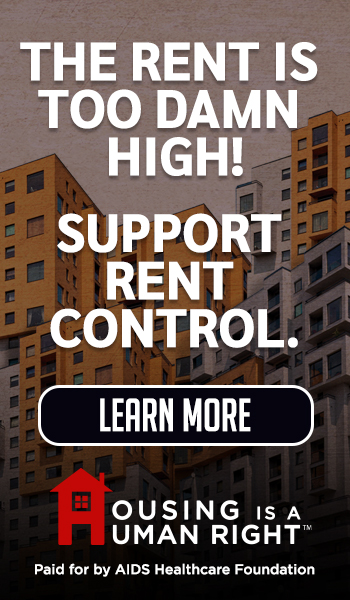Comments
AROUND LA - Sun Valley, California, is a low income, predominantly Latino/Hispanic neighborhood in the San Fernando Valley, known for its diverse population and youthful community. Despite its rich history, from Native American roots to its growth during the aerospace boom in World War II, Sun Valley remains largely undocumented in photographic history, earning it the unusual label as a city without a single good photo.
The area’s evolution from a prickly pear cactus-covered land to a busy urban neighborhood has been visually underrepresented, leaving its residents somewhat invisible in the classic photographic narratives of the great Los Angeles. Sun Valley’s landmarks, like its historic recreation center, the (hopefully) soon-to-be-demolished LADWP Valley Generating Station smokestacks, the Youth Arts Center, and its multicultural residents contribute to its unique identity, even if these features are rarely captured well in images.
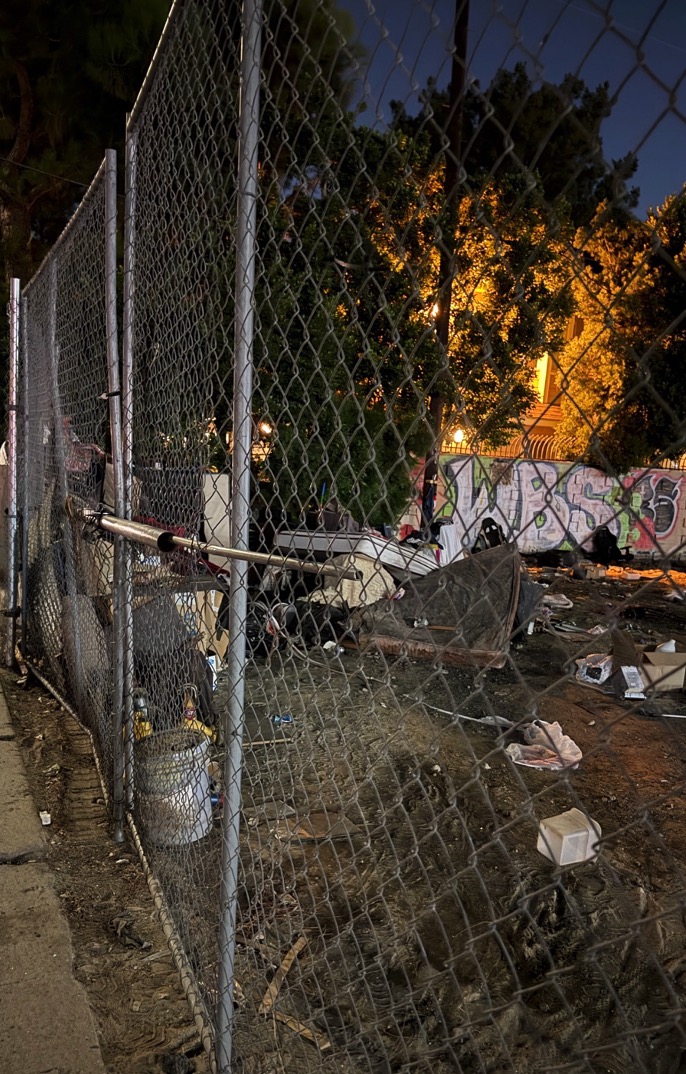
Strathern Street
As the founder of Sun Valley’s first environmental nonprofit organization, my dream was to create a website that would reflect the resilience and potential of our community. Then I faced an unexpected challenge: I could not find a single, authentic image that captured Sun Valley’s vibrant culture and spirit, and I was determined not to decorate our mission’s portal with stock photos or borrowed images. To me, visual perception plays a crucial role in shaping community identity by creating and reinforcing a shared sense of belonging and collective values. Our story deserved to be told through our own lens.
So, I set out across Los Angeles council district 6 Imelda Padilla’s hometown - Sun Valley - camera in hand, on a quest to photograph Sun Valley as it truly is; perhaps I missed something. I drove past the rows of tightly-packed homes, the looming silhouettes of aggregate facilities, concrete recycling centers, sprawling landfills, and truck-choked boulevards. I circled the gravel quarries, the chain-link fences, and the heat-scorched patches where children should be playing, but there was nowhere that felt right to capture our community’s essence in a single frame.
Dust hung in the air, settling on every surface. No mural brightened the underpasses; no flourishing park invited a joyful capture. Most corners of Sun Valley wore the scars of decades of environmental neglect and government inaction: persistent pollution, overcrowded housing, illegal dumping, abandoned vehicles, fallen trees, unmaintained parks, trash, litter, homelessness, RV encampments, shopping carts, open drug use, vandalism, and swaths of industrial activity pressing right up against homes and schools.
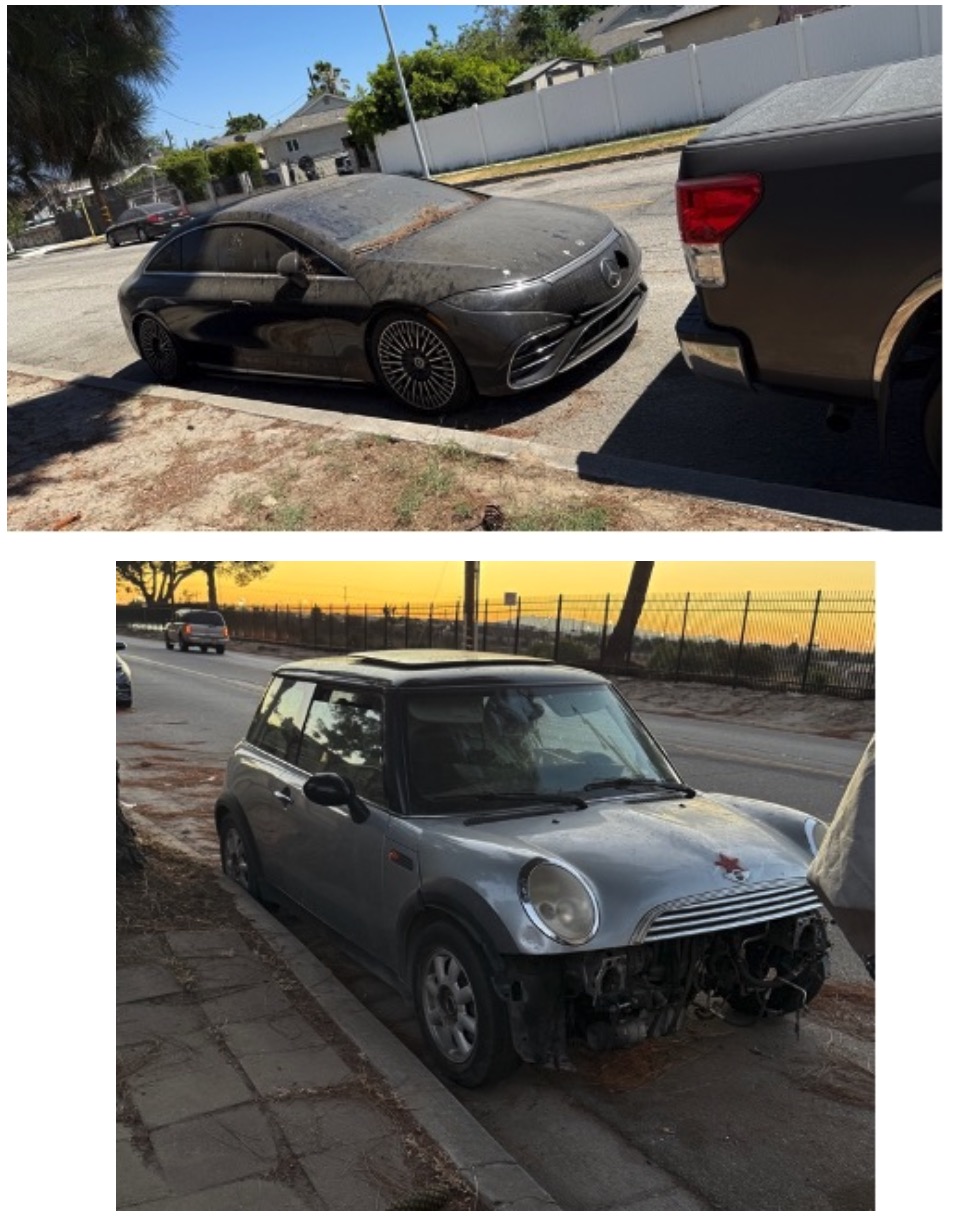
Sun Valley streets
I was searching for hope, something green or vibrant, a sign that this place is more than the sum of its challenges. But each site reflected instead the harsh truths that Sun Valley’s residents live with daily: dirty air, limited open space, and the ever-present strain of living at the crossroads of industry and survival. Many of my photographs showed only dust, gray concrete, echelon of variety of heavy-duty trucks, lawlessness, abandoned vehicles and stolen vehicle carcasses, RVs, illegal dumping and smokestacks on the horizon.
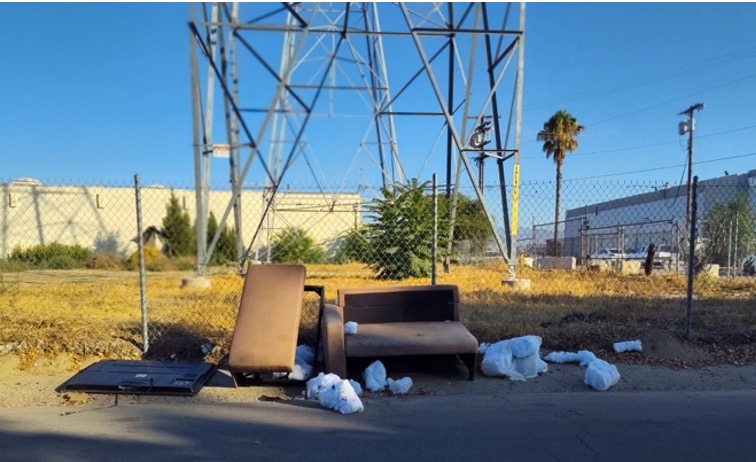
Sun Valley streets
And so, after hours behind the wheel, I returned without a single image worthy of our homepage. Sun Valley is, heartbreakingly, a city without a picture, at least, not one that tells a story of pride or possibility just yet. But perhaps this is the most honest introduction I could offer: an invitation to bear witness, to commit not only to changing the narrative, but to rebuilding the landscape so that, one day, every picture taken here tells a story of renewal, resilience, and hope.
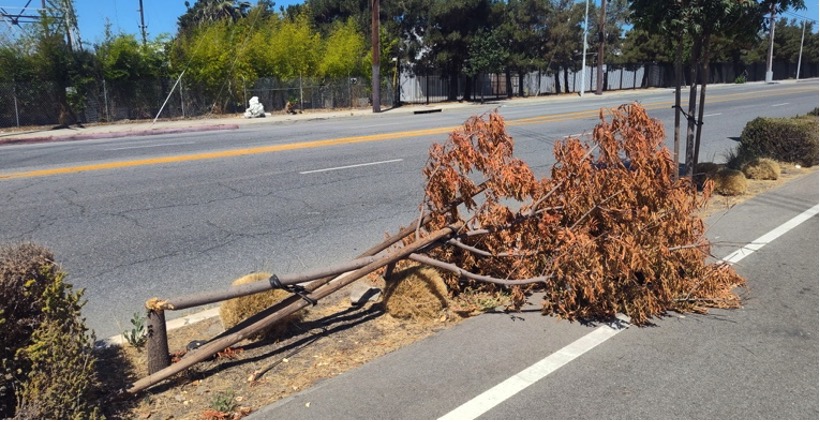
San Fernando Road
Although Sun Valley may lack many striking photographs of its streets and buildings, the one beautiful image that shines through is the vast, open sky, the beautiful plants, and the vibrant wildlife that calls this place home. For me, the true joy comes from the quiet moments beneath the Sun Valley night sky and the nocturnal visits of an owl perched on the street sign outside my house, the magnificent hawk that proudly sits on the light pole with the sense of ownership, and Koko the raven that I rescued.
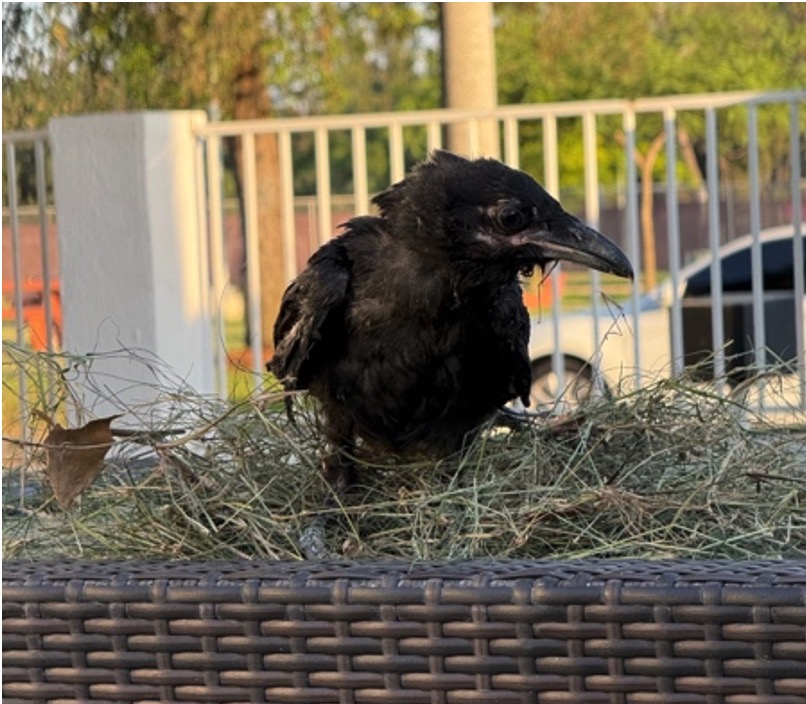
This proud, watchful presence fills me with hope, that one day, together, we can change the narrative and visual story of Sun Valley, capturing its true spirit and beauty for all to see.
Until then, the story of Sun Valley, like its future, remains unwritten, and ours to shape.

(Mariam Moore is the CEO of The Climate Corps Initiative (TCCI), the first environmental non-profit organization dedicated to advocate for environmental justice in Sun Valley and adjacent areas. She is also a resident of Sun Valley, community and public health advocate, and an environmental activist. She is a volunteer at CPAB and a public servant.)






